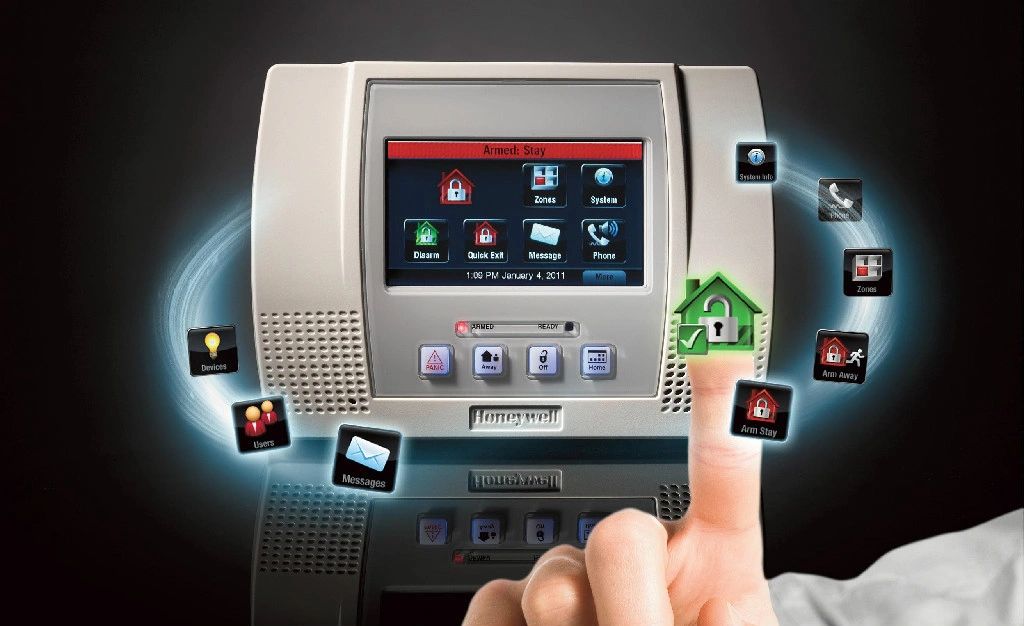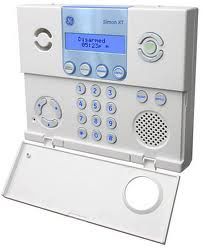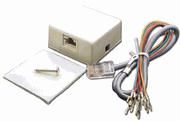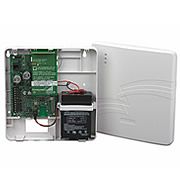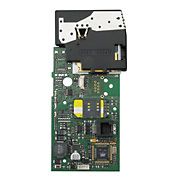
Burglar Alarm Components
Before you invest in a security system, you should take a minute to understand what makes up an alarm system. The components can be broken down into the following categories: Control Panel The Control panel is the “brain” of the alarm system. It is a microprocessor that is programmable to fit your particular needs. It is powered from an electrical outlet and has a back-up battery. The circuit boards are placed in either a metal or plastic box (can). This panel often is mounted in the basement or a closet. If you have an all-in-one unit (discussed later), it usually in mounted near your main point of entry. If you have a wired system, all the wires go to this panel. All the sensors report back to the panel and panel has a circuit to sound a local siren and a communicator to talk with the monitoring station. Input sensors - These are the sensors that will activate if someone breaks into your house. Some examples are door & window contacts, motion detectors and glass breakage detectors. These sensors can be hardwired back to the panel or wireless (They run off batteries and communicate with the panel wirelessly.) Perimeter devices are ones that will activate when someone penetrates the perimeter of your location. These are usually door & window contacts and glass breakage detectors. These are the sensors that are armed when you put your system in stay or night mode. Interior devices will trip when someone is already in inside your house. It is a 2nd line of defense. These are usually motion detectors or contacts on interior doors. 24 hour input devices – These include smoke, heat and carbon dioxide detectors. They also can include panic, hold up, temperature, water, and humidity sensors and more. These devices are on 24 hours a day and do not need the alarm to be armed (turned on) to send an alarm. Door or window contact These sensors tell the control panel when the door or window is opened. Usually they are installed on every perimeter door, including the door to the garage. They are often installed on accessible windows. They can be hardwired or wireless, hidden or visible. Another big and widely used feature of these sensors is when they used as door or window chimes. Even if the system is not armed, the keypad will beep or annunciate in English, every time the door or window is opened. This is very useful to watch kid activity in and out of your house, or in an office where no one is stationed at the front door. If you plan on arming your system at night when you go to bed, (highly recommended), the more perimeter protection you have, the better. This is due to the fact that most likely you will not want to turn on your interior motion detector so if you get up in the middle of the night and walk around your house, you will not cause a false alarm. Glass Break Sensor. These sensors will trigger the alarm when it detects the noise and vibration of breaking glass. They are usually mounted on the ceiling or wall near the glass and can detect glass breakage within a given distance. The better detectors have dual sensors to eliminate false alarms. There are other glass break sensor that are also door contacts or mount directly on the plate glass window, which is sometimes needed depending upon the environment. Communicators – Alarm systems used to communicate to the central station over regular phone lines (called POTS lines (plain old telephone). With the digital revolution and the advent of the Internet, many people are using VOIP (Voice over IP) in their home or business or have eliminated using regular land lines. Most panels still have the ability to communicate over POTs lines but also offer radio communications or communications over the internet. Many panels allow you to have more than one path of communication ensuring your signal gets to the central station. 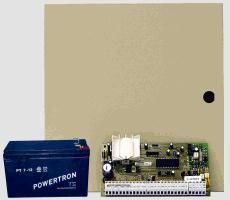
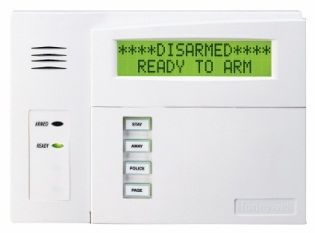
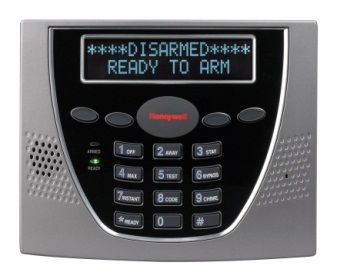
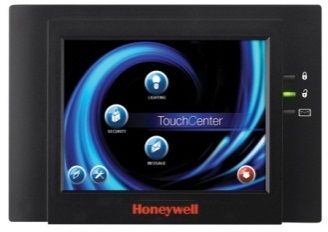
Touch Screen
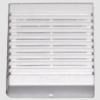
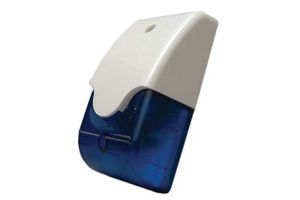

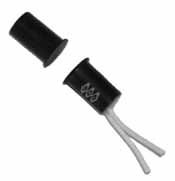
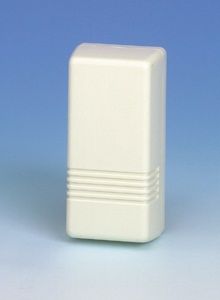
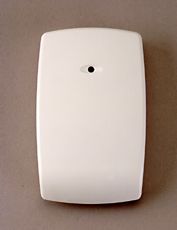
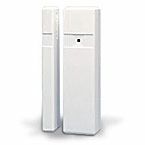

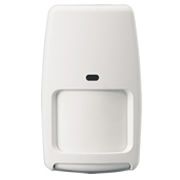
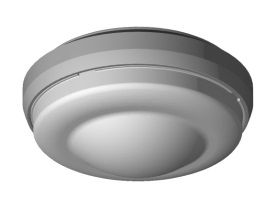
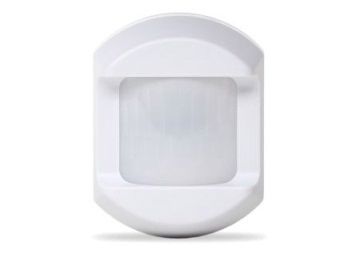
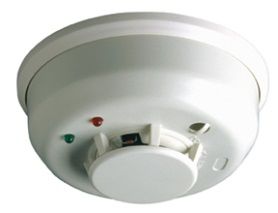
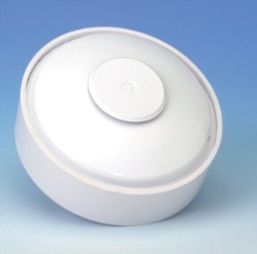
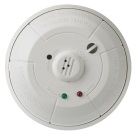
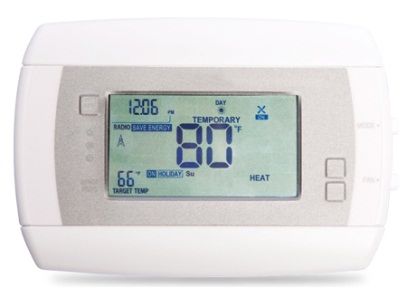
Remote access & Programming 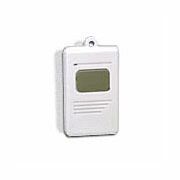
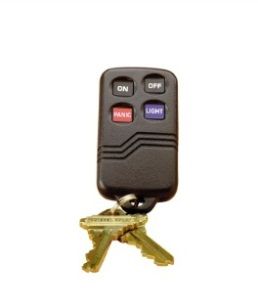
All in one panels – With the advancements in supervised wireless systems, all-in-one panels are becoming very popular. They combine the control panel, keypad, siren, and communicator, all in one. Some have a touch screen and others have a more conventional keypad. Also some home automation in included in some of the units. 